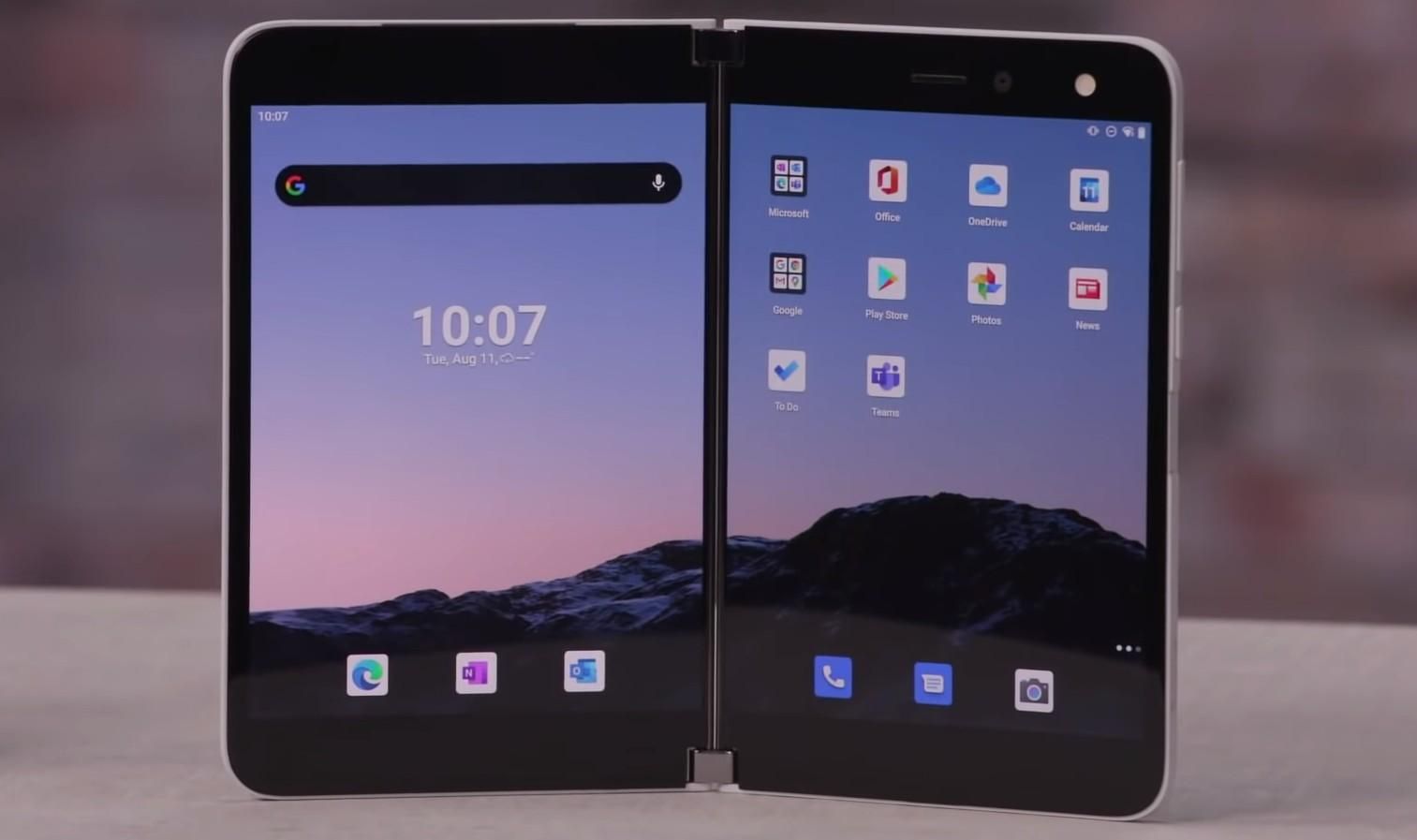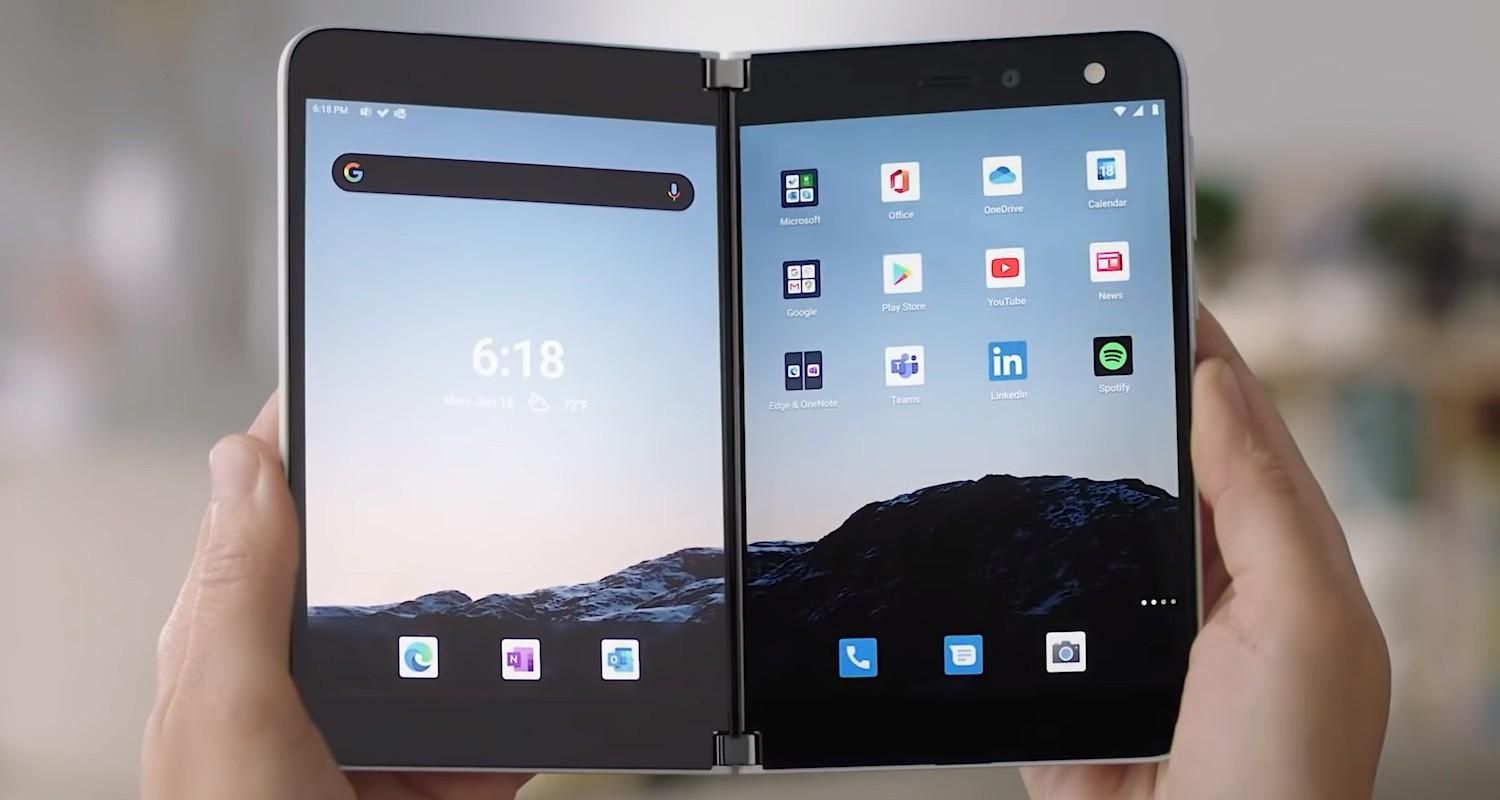The Microsoft Surface Duo is a remarkable device, without an iota of doubt. From what we’ve seen so far, it is impressively thin and comes with a host of productivity-focused tweaks from Microsoft to fully exploit the foldable form factor. We’ve been waiting patiently for the device ever since Microsoft revealed it almost a year ago, and now that it has a September 10 release date, there might be some bad news for people who’ve been saving all this time to purchase it. As per a Windows Central report, Microsoft will sell the Surface Duo ONLY in the US market until 2021.
If true, the new finding will be a major disappointment for potential buyers outside the US, including me, who’ve been waiting to hear official details about its international availability ever since pre-orders for it went live in the US. The report adds that Microsoft is taking “a measured and phased approach to availability to meet customer demand.” Or in other words, Microsoft wants to gauge the customer reception of the device in the US before it commits to making more units and selling them outside the US market.
Image: Microsoft
Microsoft will reportedly start selling the Surface Duo in other markets in the first half of 2021, and that will happen if the device’s sales and reception pass the internal expectations in the US market in the first place. Needless to say, Microsoft is playing it safe here. But the plan is reportedly fluid, and Microsoft could start selling the Surface Duo in the international market if it deems the risk worth taking and the demand is high enough.
The first wave of Surface Duo reviews are yet to hit the internet, so we can’t say if the device is worth its $1,399 asking price. But from a hardware perspective, selling a smartphone powered by the older Snapdragon 855 SoC in 2020 – one that also misses out on features such as wireless charging, 5G and NFC – doesn’t really instill too much confidence in shelling out that huge sum of money for the device. However, the Surface Duo’s insanely thin form factor and the allure (read: advantages) of the foldable form factor might tilt the scales in Microsoft’s favor.


